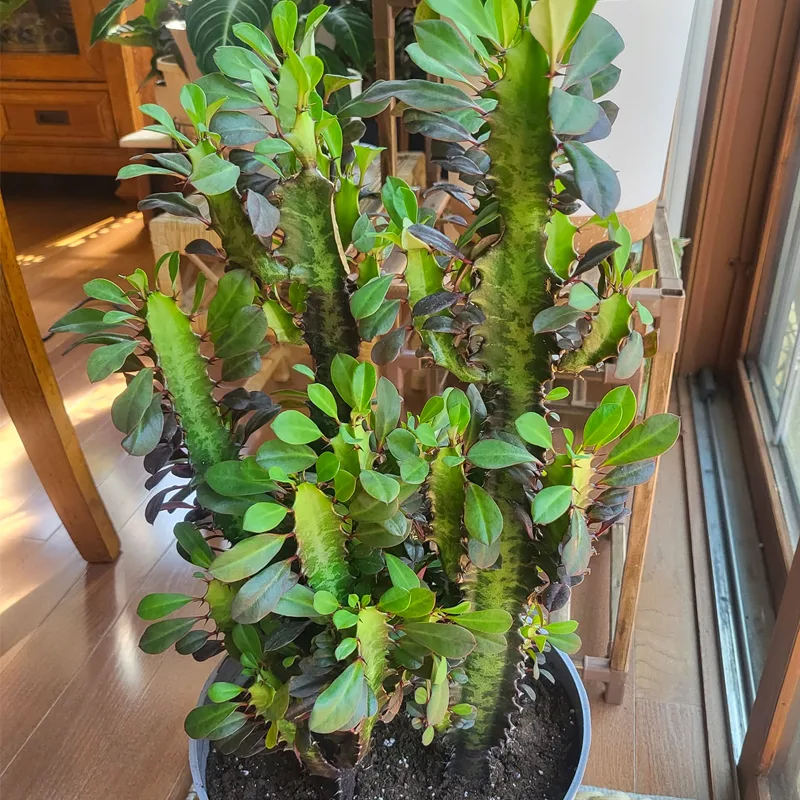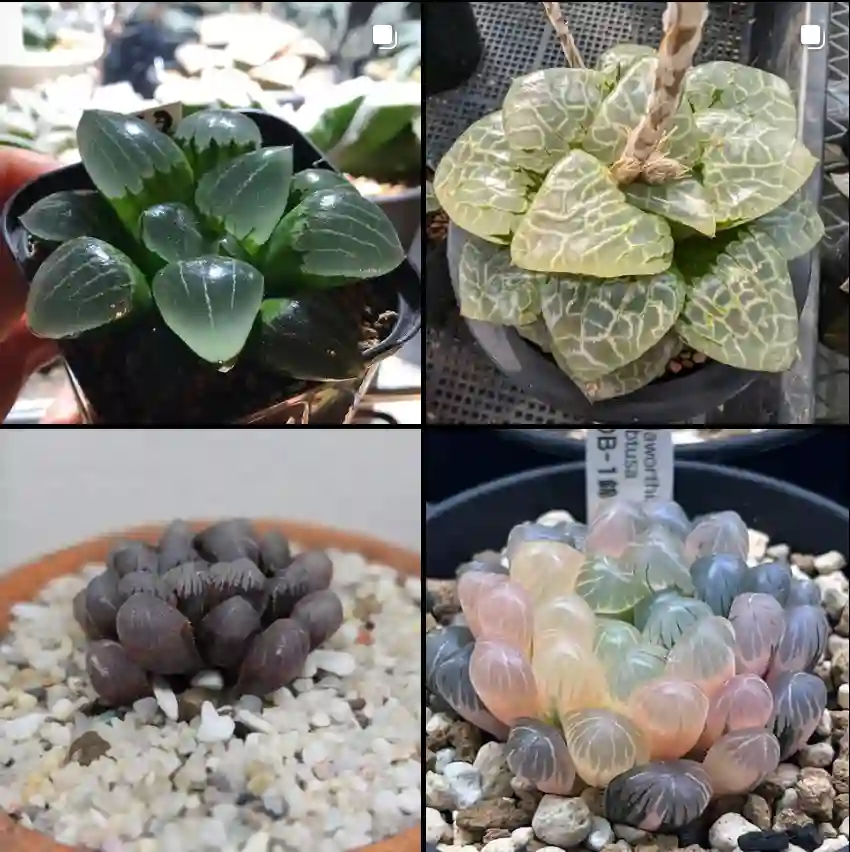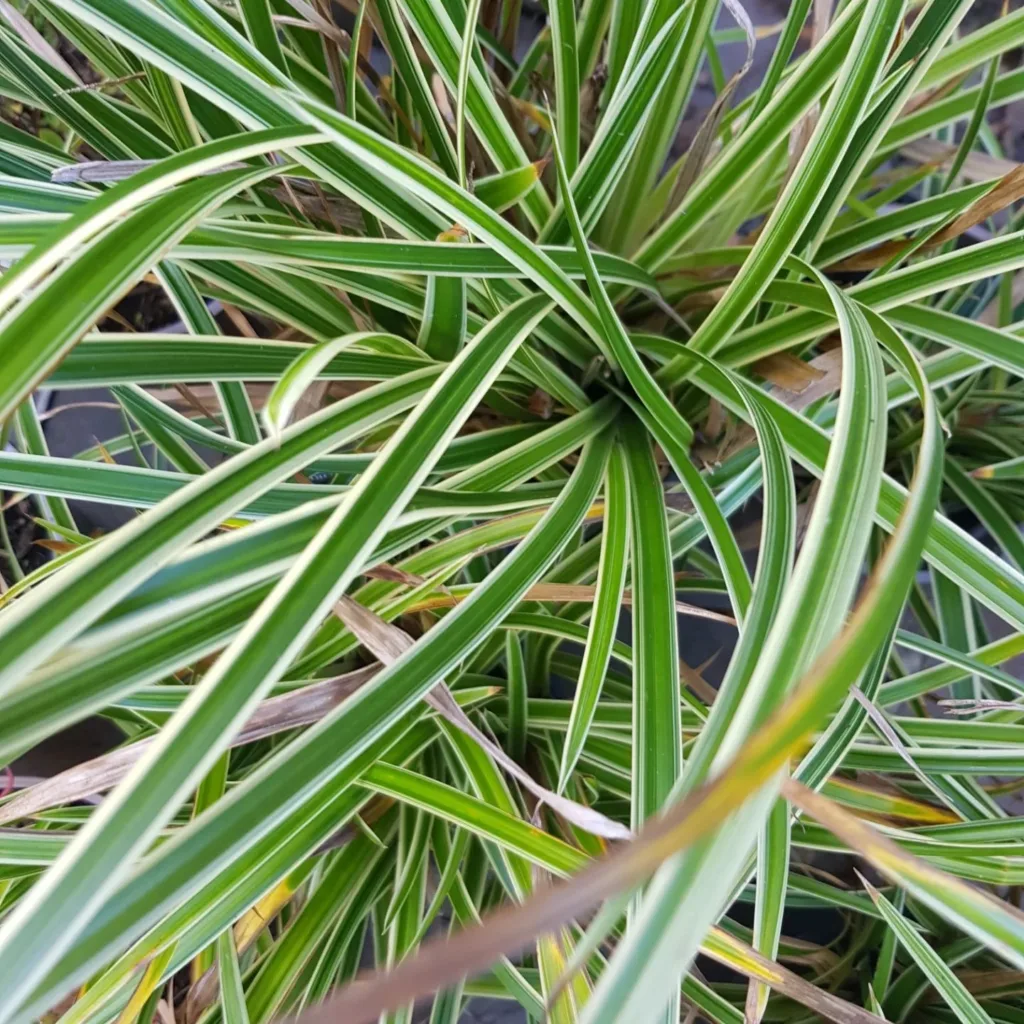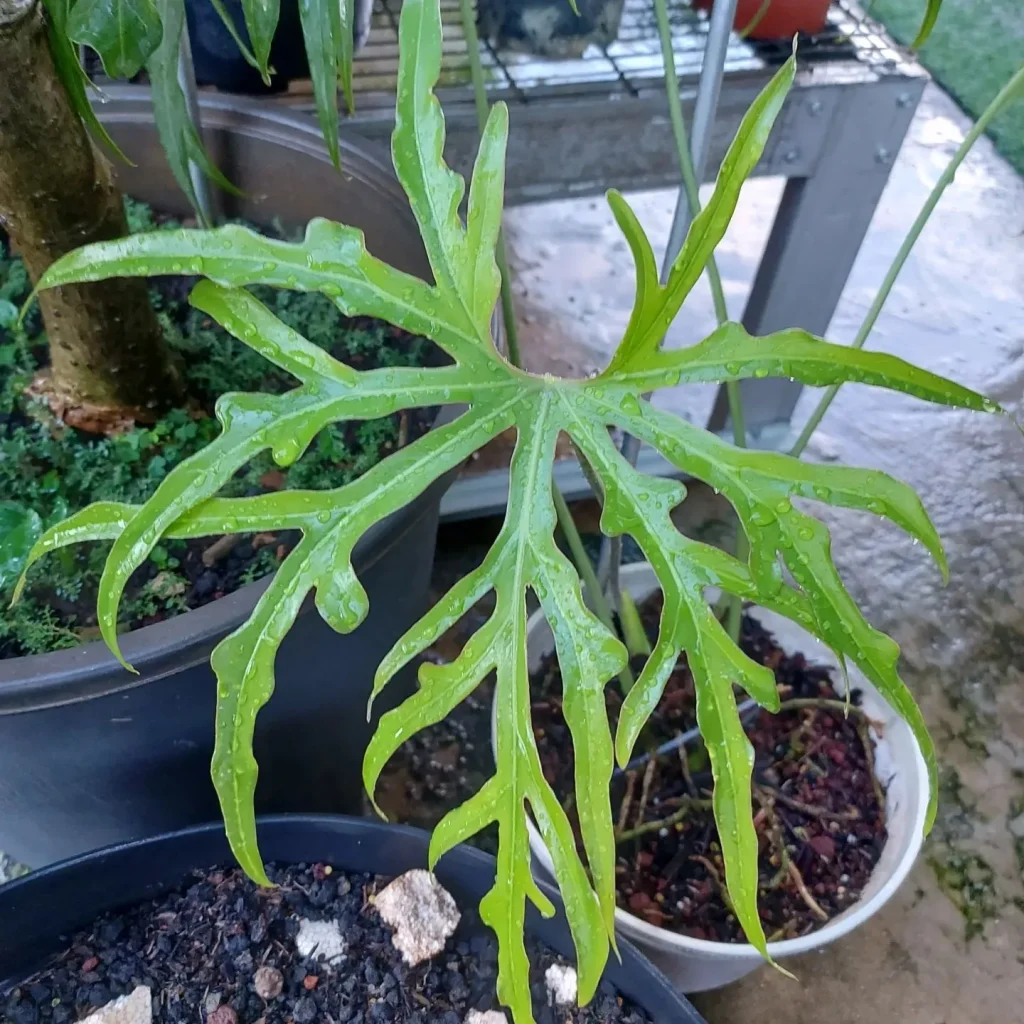The Allure of Allspice: A Deep Dive into the Pimenta Genus
As a plant enthusiast, I’m always fascinated by the diversity and richness of the botanical world. One genus that has particularly captured my attention is Pimenta, a group of flowering plants belonging to the myrtle family, Myrtaceae. Native to the Caribbean, Mexico, and South America, Pimenta is best known for its most famous member, Pimenta dioica, the source of the beloved spice, allspice.
The name “allspice” stems from its complex aroma, which evokes a blend of cinnamon, cloves, and nutmeg. This unique characteristic has made it a staple in kitchens around the globe, adding warmth and depth to both sweet and savory dishes. But there’s more to Pimenta than just its culinary applications. This genus boasts a fascinating array of species, each with its own distinct features and properties. Join me as we explore the world of Pimenta, delving into its botany, ethnopharmacology, and cultural significance.
A Diverse Family Tree: Species in Pimenta
While Pimenta dioica might be the star of the show, it’s far from being the only member of this intriguing genus. Here are:
- Pimenta adenoclada (Urb.) Alain
- Pimenta berciliae T.N.C.Vasconc. & Peguero
- Pimenta cainitoides (Urb.) Burret
- Pimenta dioica (L.) Merr.
- Pimenta ferruginea (Griseb.) Burret
- Pimenta filipes (Urb.) Burret
- Pimenta guatemalensis (Lundell) Lundell
- Pimenta haitiensis (Urb.) Landrum
- Pimenta intermedia (Bisse) Urquiola
- Pimenta jamaicensis (Britton & Harris) Proctor
- Pimenta obscura Proctor
- Pimenta odiolens (Urb.) Burret
- Pimenta oligantha (Urb.) Burret
- Pimenta paganii (Krug & Urb.) Flickinger
- Pimenta podocarpoides (Areces) Landrum
- Pimenta pseudocaryophyllus (Gomes) Landrum
- Pimenta racemosa (Mill.) J.W.Moore
- Pimenta richardii Proctor
- Pimenta samanensis (Alain) Peguero
- Pimenta yumana (Alain) T.N.C.Vasconc.
Beyond the Spice Rack: Traditional Uses of Pimenta
For centuries, various Pimenta species have been utilized in traditional medicine across their native regions. Their leaves, bark, and fruits are believed to possess a range of therapeutic properties. Some of the traditional uses of Pimenta include:
- Anti-inflammatory: Pimenta extracts have been used to alleviate inflammation and pain associated with conditions like arthritis and muscle soreness.
- Analgesic: The essential oils of Pimenta are known for their pain-relieving properties, often used to treat headaches and toothaches.
- Antipyretic: Pimenta has been traditionally employed to reduce fever, thanks to its potential to regulate body temperature.
- Sedative: Some Pimenta species are believed to have calming effects, aiding in the treatment of anxiety and insomnia.
- Digestive aid: Pimenta is thought to stimulate digestion and relieve gastrointestinal discomfort.
While more research is needed to fully understand the efficacy and safety of these traditional applications, the historical use of Pimenta highlights its potential therapeutic value.
A Treasure Trove of Phytochemicals
The diverse medicinal properties attributed to Pimenta can be attributed to its rich phytochemical composition. Studies have revealed the presence of various bioactive compounds in different Pimenta species, including:
- Tannins: Known for their antioxidant and astringent properties.
- Saponins: Possessing anti-inflammatory and immune-boosting effects.
- Flavonoids: Exhibiting antioxidant, anti-inflammatory, and anti-cancer activities.
- Phenylpropanoids: Contributing to the aromatic profile and potential therapeutic benefits.
- Monoterpenes and Sesquiterpenes: The primary components of essential oils, known for their diverse biological activities.
Among these, quercetin glycosides and eugenol derivatives are particularly abundant in Pimenta. Eugenol, the major component of allspice essential oil, is known for its potent antimicrobial and analgesic properties.
The Future of Pimenta
As we continue to explore the depths of the plant kingdom, the Pimenta genus holds promise for future discoveries. Further research into its phytochemistry and pharmacology could unveil new therapeutic applications and contribute to the development of novel drugs and treatments.
Moreover, the diverse species within Pimenta offer a valuable resource for conservation efforts. Protecting these plants and their natural habitats is crucial for preserving biodiversity and ensuring the sustainable use of their resources.
In conclusion, the Pimenta genus is a fascinating group of plants with a rich history and promising future. From the culinary delight of allspice to the potential therapeutic benefits of its lesser-known relatives, Pimenta continues to captivate and inspire. As we delve deeper into its secrets, we uncover a world of possibilities, reminding us of the incredible power and diversity of the natural world.
If i die, water my plants!



